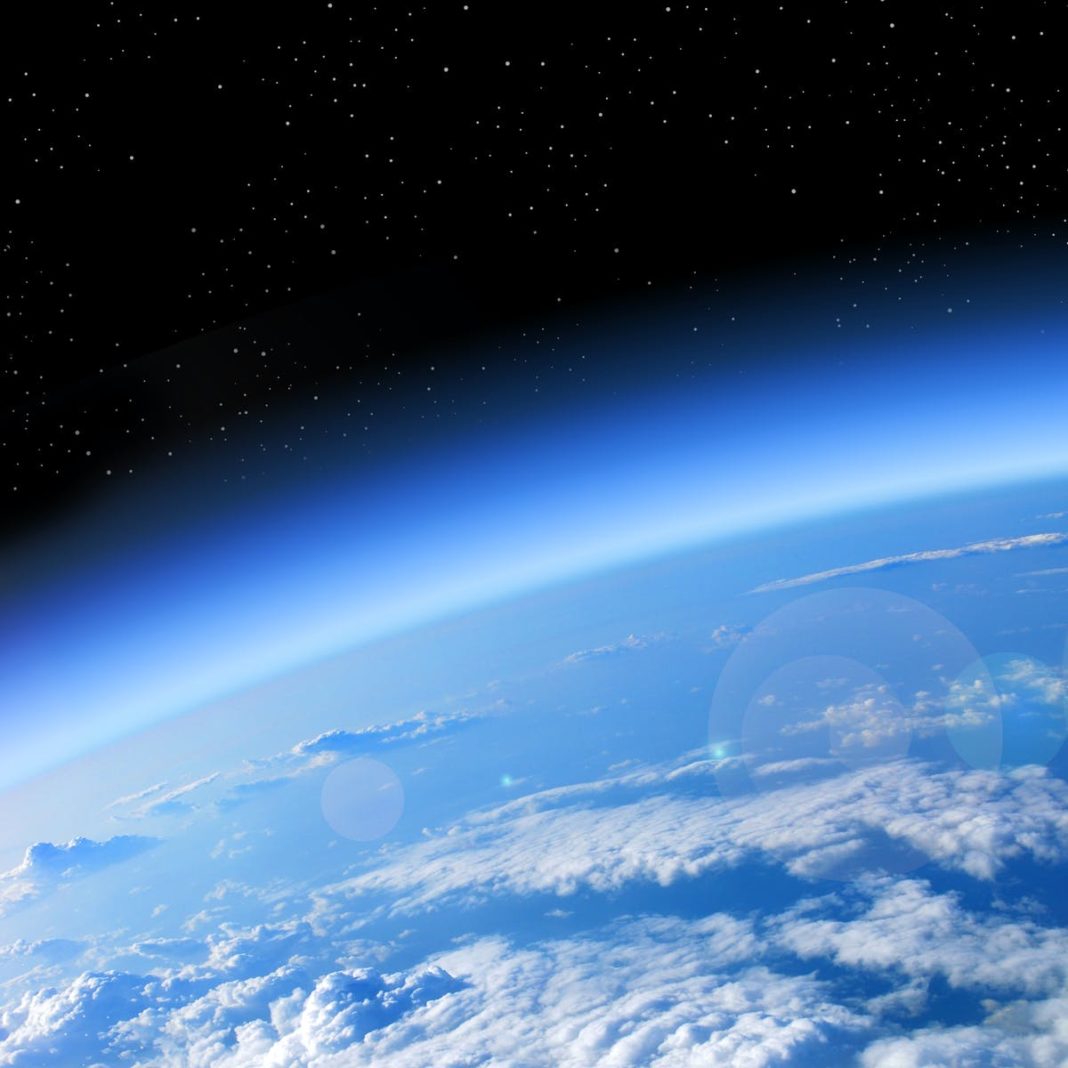Have you ever thought about how the world will be after 40-50 years? The way we are using technology, cutting down trees, and wasting resources – we can’t really imagine what the future will be like. We’re busy playing free poker online, but look around, and you will find major changes in the environment.
Perhaps we don’t have to face the music – all thanks to the genius minds who took some useful steps for ozone layer protection in the 1980s. Here’s an article that talks about how repairing the ozone layer can reduce the carbon dioxide in the atmosphere. Let’s look!
Steps Taken to Repair the Ozone Layer
The ozone layer is the area right above the upper atmosphere. It absorbs the UV radiation, which comes from the rays of the sun. If anything happens to the ozone layer, the entire world will suffer due to exposure to UV rays. In 1970, some scientists realised that there was a major depletion of the ozone layer. This was due to the usage of chlorofluorocarbons as propellants and refrigerants.
In 1987, the Montreal Protocol treaty was signed and later became prevalent in 197 countries. This was when the entire planet ran out of CFCs. If you look at the CFC level in the atmosphere now, there is very little sign of it, and the ozone layer is recovering as well.
Does Ozone Layer Repair Reduce CO2 in the Atmosphere?
By the year 2050, there may be massive UV damage. If the usage of CFC continues, the plants will absorb half of the carbon. Once the century ends, the plants and trees in the high-CFC planet will absorb less than fifteen per cent of carbon than they do in any other world. This will result in thirty per cent less carbon stored in soils and plants. There will be an increase of 30% CO2 in the earth’s atmosphere by the end of the century. It would add about 0.8 degrees Centigrade more warming to the earth’s climate.
However, if CFC use is avoided, plants would take up less carbon globally by the 21st century. This does not mean that the ozone layer is safe from threats. Threats still exist, and scientists are trying to counteract climate change. They favour the idea of injecting certain particles into the planet’s upper atmosphere. This procedure is called stratospheric sulphate geoengineering. The procedure may damage the ozone layer.
In today’s world, only a few companies are making CFCs and other alternatives. If you ask us, the Montreal Protocol is a good move. It is an effective climate treaty. It has controlled emissions but also CFCs. Overall, the Montreal Protocol has also avoided excessive CO2 levels by protecting the planet’s plant life.
Summing up
Reducing carbon emissions takes good intent and strict action. We can take some steps to reduce these emissions by making our home energy-efficient, not eating red meat, planting more trees, using solar energy instead of electricity, and not wasting limited resources. Perhaps all this could reduce carbon emissions. But the Montreal Protocol has been helpful.

